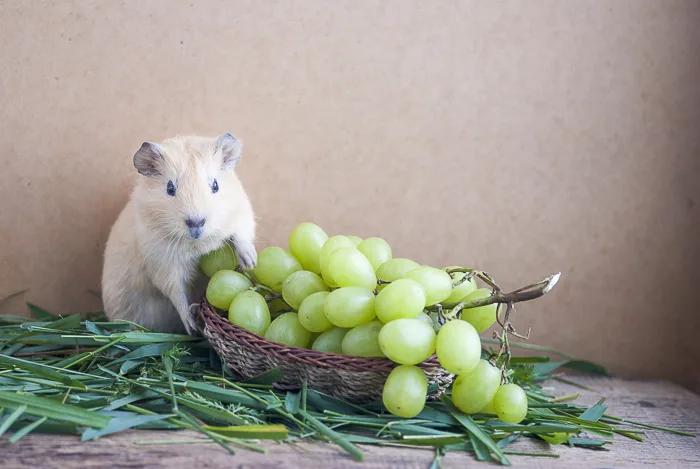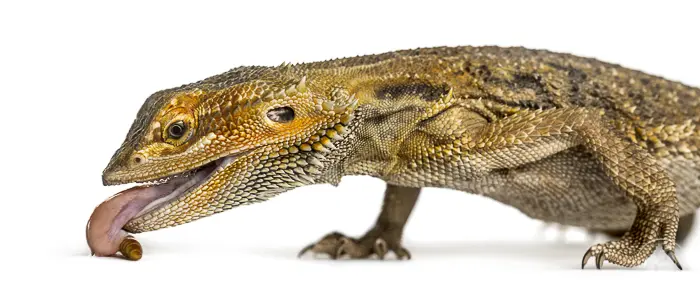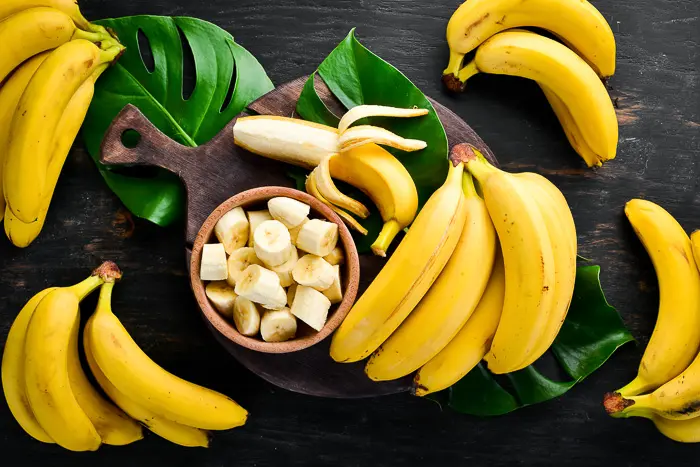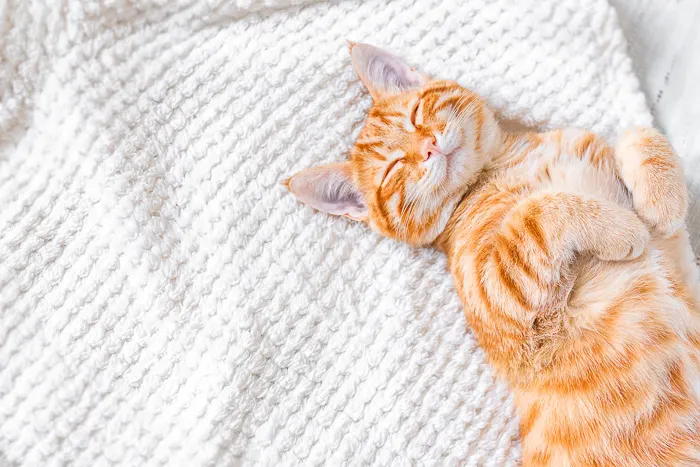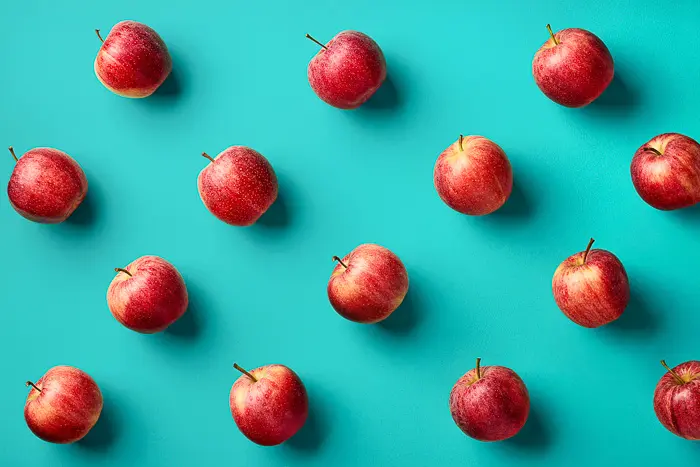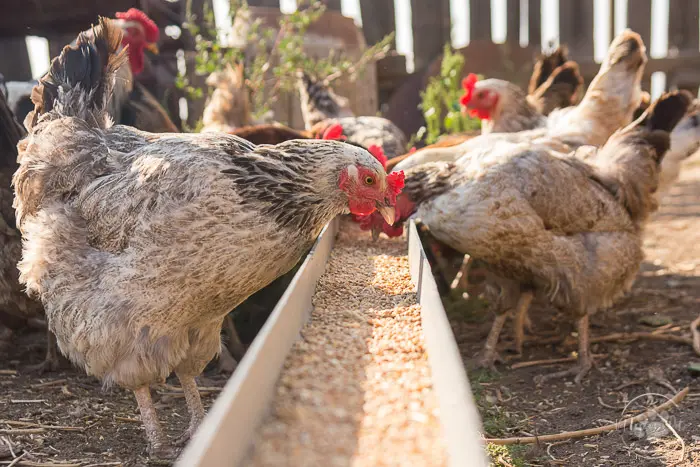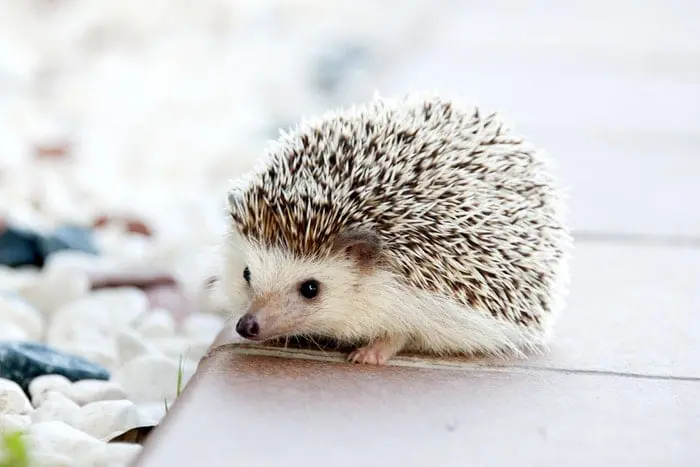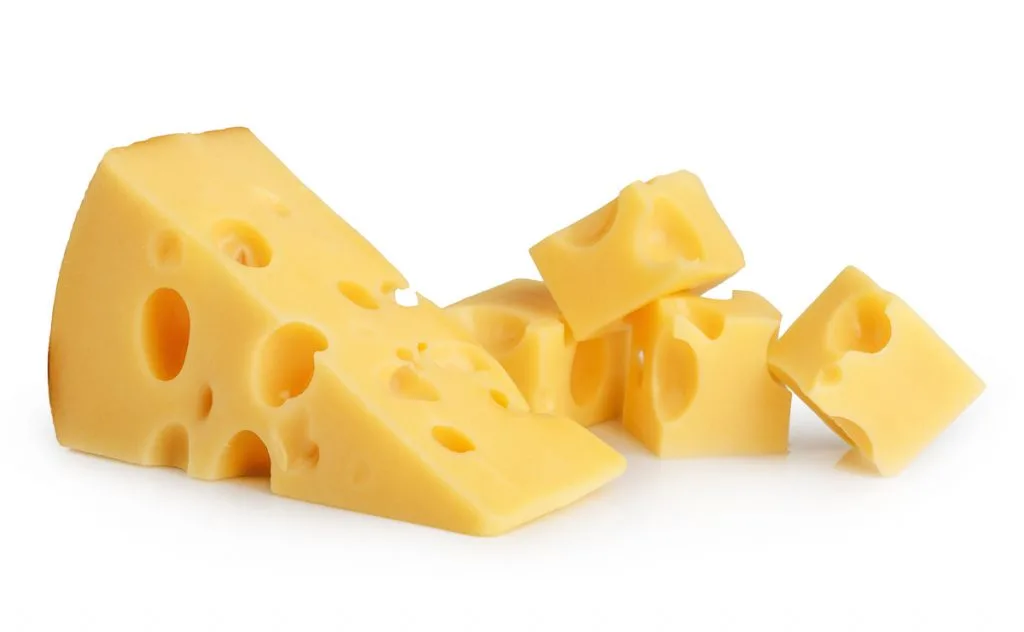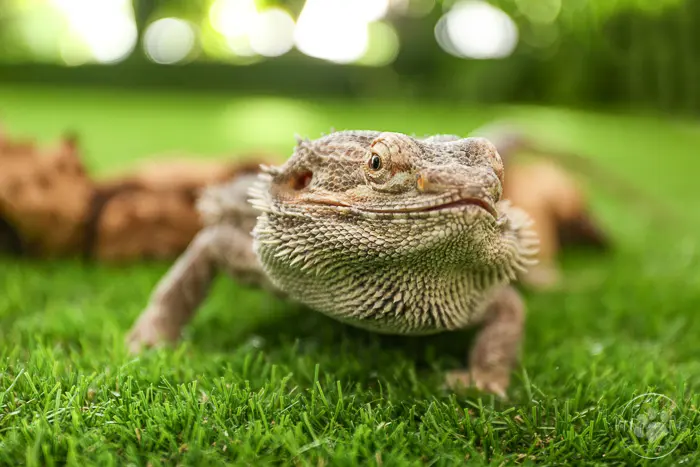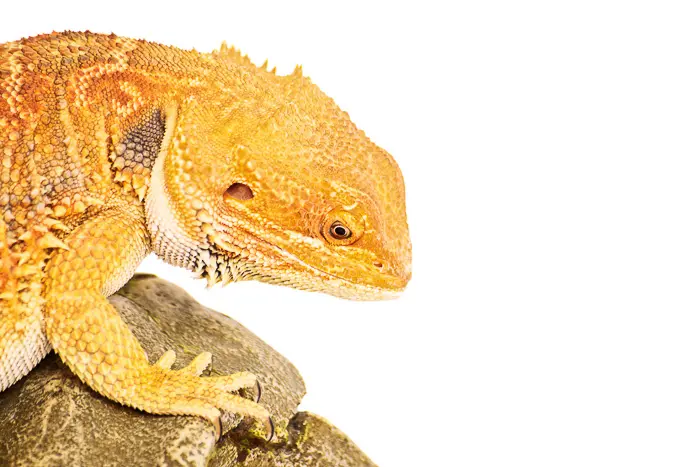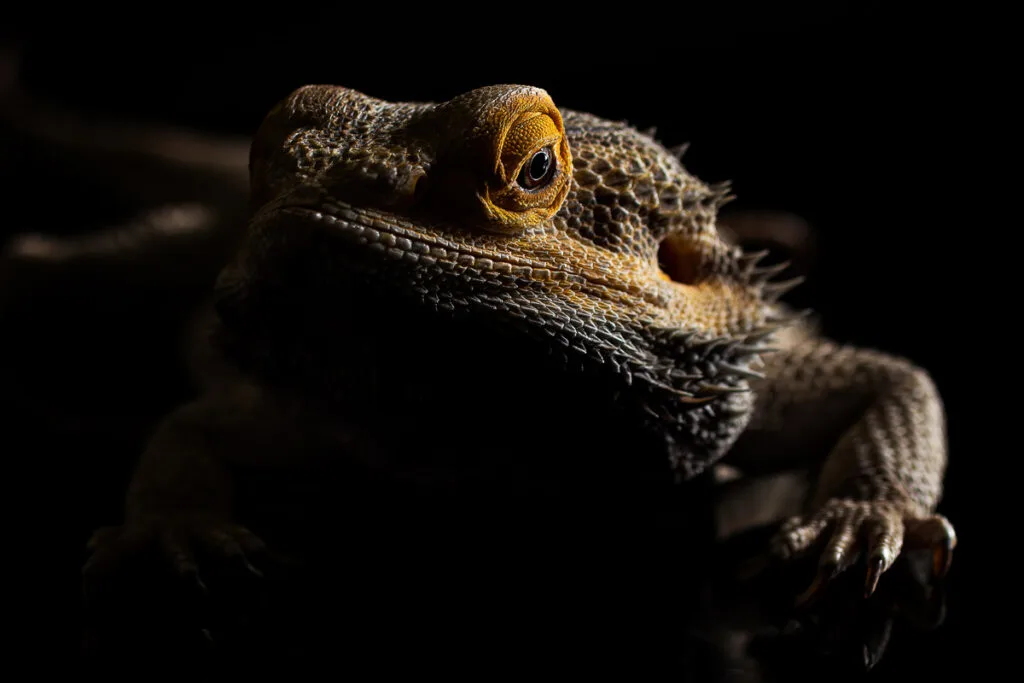Can Guinea pigs eat celery safely? Guinea pigs are by far one of the most popular pocket pets. Who can resist feeding these cute little friends some crisp treats like bright green celery. But wait…. not all foods are safe for guinea pigs! Dr. Jess explains the answer below:
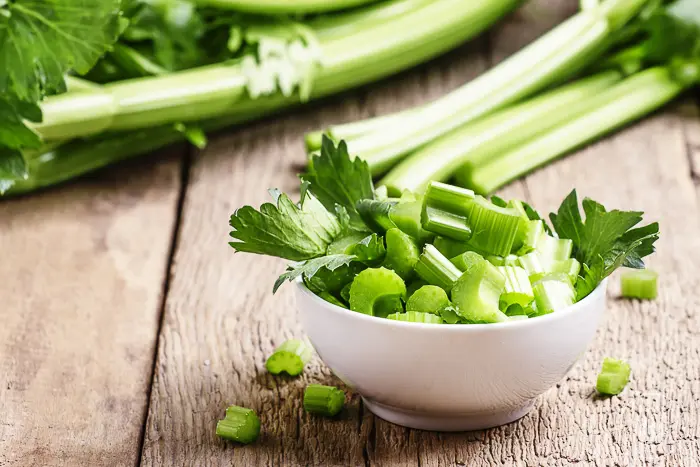
A guinea pig is a pocket pet that resides in the cavie family of animal, weigh up to 2.5 pounds as an adult, and with proper care it is fairly common to see these pets live to 8 – 10 years of age.
What Do Guinea Pigs Typically Eat?
Guinea Pigs eat a variety of things to keep them healthy and happy.
- High-quality guinea pig food and Timothy hay should be the main staples of their diet.
- Up to about 10% of their diet can be made up of an assortment of vegetables and fruits, with fruits and vegetables over 12-24 hours old being discarded as soon as possible.
- They require 30 – 50 mg of vitamin C daily from their diet, either in their guinea pig food, a vitamin supplement, or from fruits and vegetables that are high in vitamin C. I’ll get to this more here in a sec…
- Guinea pigs do best with diets low in fats and sugars.
- Clean, fresh, filtered, chlorine-free water. ‘Fresh water‘ means that is is changed daily. ‘Changed daily‘ means that new water is placed into a CLEAN water dispenser!
Celery Basics:
Celery is a vegetable that has long been used in cooking. Most times, the thick, crisp, fibrous stalk is the part consumed.
It is in the same family as parsnips, parsley, and carrots.
It has a stalk that is long and tough, tapering to bright green leaves at its top.
Celery Nutrition:
Celery contains many different types of vitamins and minerals, such as Vitamins A, B, C, and K.
It contains Phosphorus and Magnesium.
It’s got fiber. It’s got water.
All these things are fine for guinea pigs to consume in small amounts so far, so……
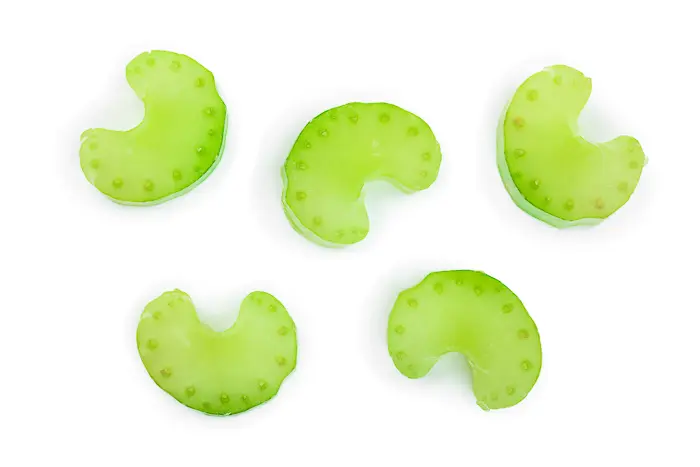
Can Guinea Pigs Eat Celery?
Well after learning about some of the health benefits that snacking on celery brings with it, wouldn't it be nice it you could just safely feed it to your piggie?
Well, you can…. in moderation.
That's right, feeding a small amount of celery as a treat to your guinea pig on occasion is totally fine and they will likely LOVE you for it!
Moderation = Approximately a 1-3 tablespoon-sized amount of celery is enough celery for one guinea pig.
If your pet does not eat all of their fruits and vegetables within 12-24 hours, then you need to dispose of it for them.
They will likely not eat it at this point, and it will only sit in their cage and get old and eventually become unsafe to eat.
The rest of their diet, the other 90 or so percent, should be made up of guinea pig food and hay.
You should feed this amount no more than one to two times per week and no two days in a row.
How To Feed Celery to Guinea Pigs:
Is Celery Harmful to Guinea Pigs?
Yes, celery can be harmful in a few possible ways.
Too much celery fed to these little buddies can give them side effects like an upset stomach, gas, bloating, and diarrhea.
This can lead to a multitude of problems including things like dehydration and electrolyte imbalances that could impart a trip to the veterinary clinic for your pocket pet vet to fix.
These three factors to keep in mind include:
Harmful Reason #1: Loose Stool/Diarrhea
Too much of any fruit or vegetable can produce hypermotile, or increased movement, of one's digestive tract.
Some guinea pigs are more sensitive to additional foods or changes in their diets, so they are more likely to have loose stool and in some cases, full-blown diarrhea.
Other guinea pigs will not be impacted by any additional changes in their diets.
Harmful Reason #2: Allergic Reaction to Celery
A guinea pig can develop an intolerance or an allergy to any food, so there is always the possibility that your pet is allergic to celery.
If you suspect your guinea pig is allergic to celery do NOT feed this food to your pet.
If your guinea pig is allergic to celery and accidentally ingests it, go to your nearest animal emergency room immediately.
When this happens, the attack sets off a hypersensitivity reaction and can result in any of the following symptoms:
Common symptoms of adverse/allergic reaction to food:
- Nausea/vomiting
- Diarrhea
- Itching/Increased grooming
- Fever
- Lethargy
- etc.
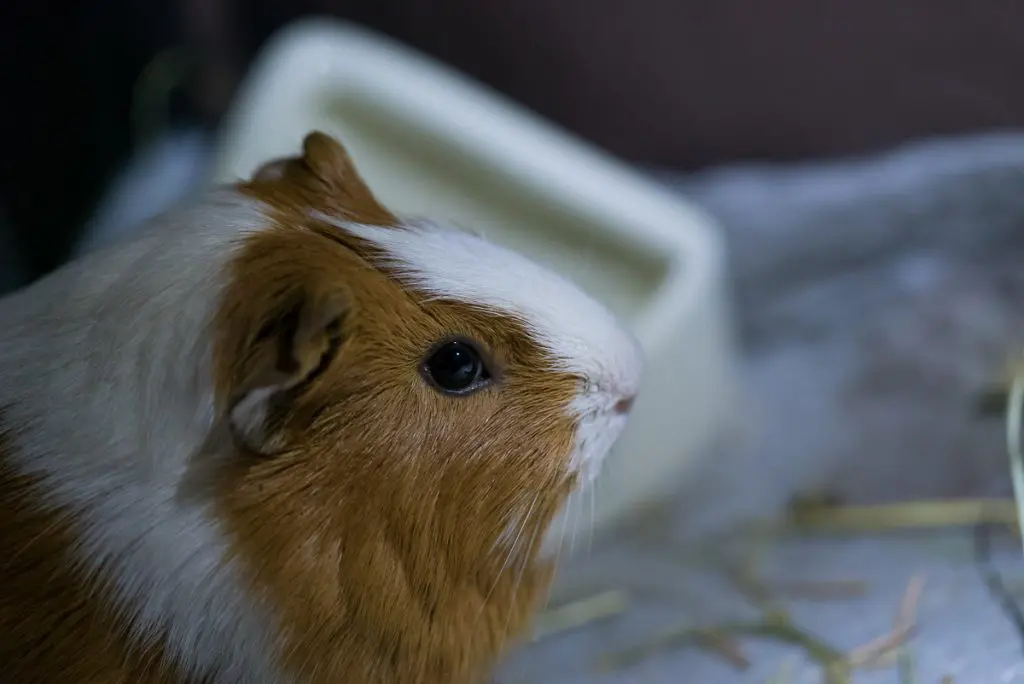
ALTERNATIVE FRUITS FOR GUINEA PIGS:
- Blueberries
- Pumpkin
- Squash
- Mango
- Strawberries
- Asparagus
- Courgette
- Grapes
- Bananas
- Melon
- Butternut Squash
- Cilantro
- Zucchini
- Oranges
Wrap up:
Weigh the pros and cons of feeding celery to your guinea pig before tossing them a crisp snack, and if you do decide to give them a treat, remember, celery is safe in moderation.
If you have questions about your pet's diet, contact your veterinarian before changing or adding items to their diet.
If you notice any adverse reactions after feeding your pet, let your vet know immediately for help.

![[Vet Explains Pets]](https://vetexplainspets.com/wp-content/uploads/2024/09/cropped-vetlogo-199x66.png)

